James O. Berger, Robert L. Wolpert0940600137, 9780940600133
Table of contents :
Cover……Page 1
Title page……Page 3
Date-line……Page 4
Dedication……Page 5
Preface……Page 7
TABLE OF CONTENTS……Page 10
CHAPTER 1. INTRODUCTION……Page 13
2.1. Simple Examples……Page 17
2.2. Relevant Subsets……Page 23
2.3. Ancillarity……Page 25
2.4.1. Conditional Confidence……Page 26
2.5. Criticisms of Partial Conditioning……Page 28
3.1. Introduction……Page 31
3.2. History of the Likelihood Principle……Page 36
3.3.1. Evidence, Conditionality, and Sufficiency……Page 38
3.3.2. Axiomatic Development……Page 40
3.4. Generalizations Beyond the Discrete Case……Page 42
3.4.1. Difficulties in the Nondiscrete Case……Page 43
3.4.2. Evidence, Conditionality, and Sufficiency……Page 45
3.4.3. The Relative Likelihood Principle……Page 46
3.5.1. Introduction……Page 50
3.5.2. Unobserved Variables: Prediction and Design……Page 51
3.5.3. Nuisance Variables and Parameters……Page 55
3.6. Criticisms of Birnbaum’s Axiomatic Development……Page 61
3.6.1. The Model Assumption……Page 63
3.6.3. The Weak Conditionality Principle……Page 65
3.6.4. The Sufficiency Principle……Page 66
3.7.1. Introduction……Page 70
3.7.2. Decision Theoretic Evaluation……Page 72
3.7.3. Betting Evaluation……Page 79
4.1.1. Introduction……Page 85
4.1.2. Objectivity……Page 87
4.1.3. Procedures for Nonspecialists……Page 88
4.1.4. Repeatability……Page 90
4.1.5. The Confidence Principle……Page 91
4.2.1. Introduction……Page 94
4.2.2. The (Discrete) Stopping Rule Principle……Page 97
4.3.2. Positive Implications……Page 99
4.2.4. Criticisms……Page 102
4.2.5. Stopping Rules and Inadmissibility……Page 105
4.2.6. The General Stopping Rule Principle……Page 108
4.2.7. Informative Stopping Rules……Page 110
4.3.1. Introduction……Page 112
4.3.2. Fixed Censoring and Equivalent Censoring Mechanisms……Page 114
4.3.3. Random Censoring……Page 117
4.3.4. Informative Censoring……Page 125
4.4.1. Conflict with the Likelihood Principle……Page 126
4.4.2. Averaging Over “More Extreme” Observations……Page 127
4.4.3. Testing a Single Null Model……Page 131
4.4.4. Conclusions……Page 134
4.5.1. Introduction……Page 136
4.5.2. Finite Population Sampling……Page 138
4.5.3. Randomization Tests……Page 143
5.1. Introduction……Page 147
5.2. Non-Bayesian Likelihood Methods……Page 148
5.3.1. General Considerations……Page 150
5.3.2. The Fraser-Monette-Ng, Stone, and Stein Examples……Page 153
5.4. Robust Bayesian Analysis……Page 162
5.5. Conclusions……Page 167
REFERENCES……Page 169
ADDITIONAL OR UPDATED REFERENCES……Page 186
DISCUSSION BY M. J. BAYARRI AND M. H. DEGR00T……Page 189
DISCUSSION BY BRUCE HILL……Page 195
DISCUSSION BY DAVID LANE……Page 213
DISCUSSION BY LUCIEN LE CAM……Page 220
REPLY TO THE DISCUSSION……Page 226
ADDITIONAL REFERENCES IN THE DISCUSSION……Page 240
INDEX OF EXAMPLES……Page 242
AUTHOR INDEX……Page 243
SUBJECT INDEX……Page 246
ERRATA AND CLARIFICATIONS……Page 249
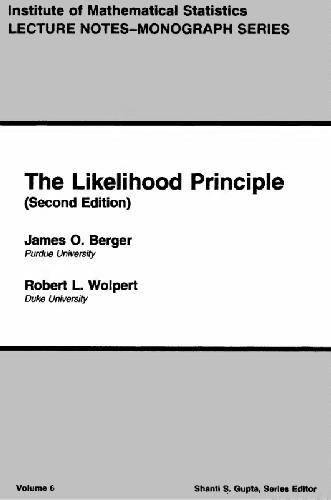

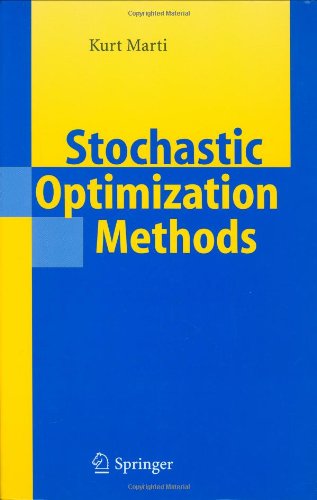
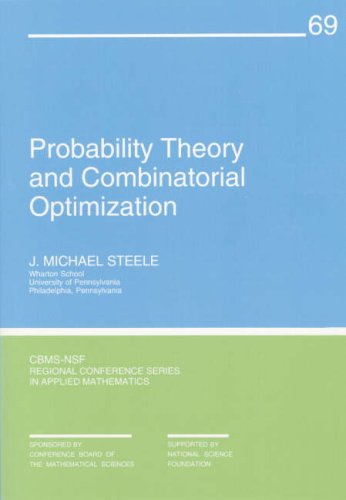
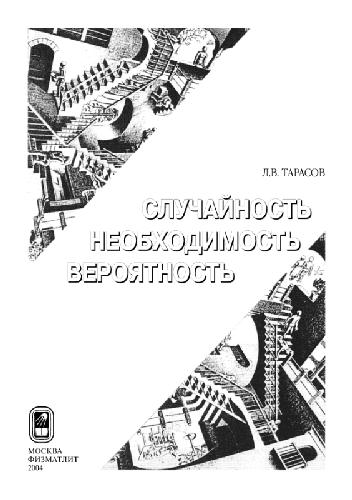
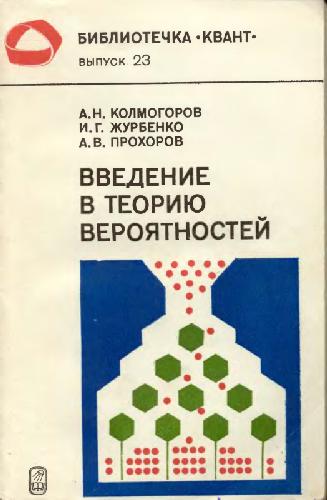
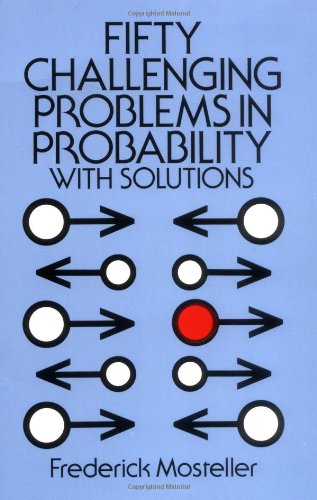
Reviews
There are no reviews yet.